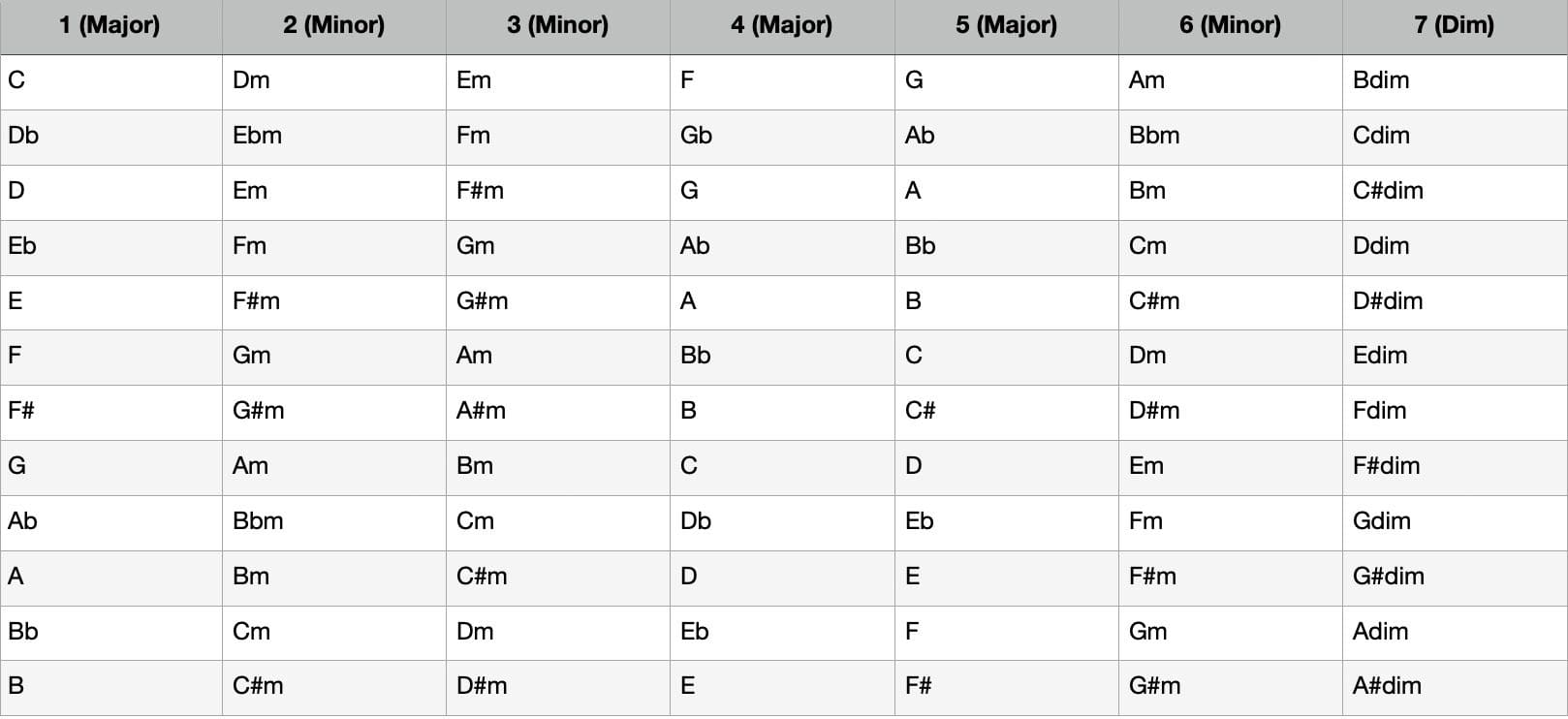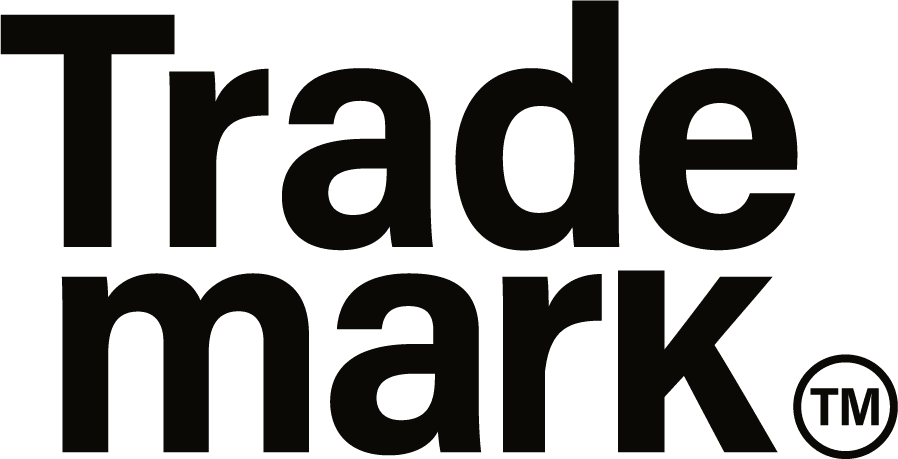
TRADEMARK WORSHIP DIGITAL HANDBOOK
Quick Links:
MD TERMS | HAND SIGNALS | NUMBERS SYSTEM | FLOW MOMENTS
MD TERMS
Percentages
The MD will say things like “10% energy, very low” or “Kick it up to 50%”. This applies to the overall energy. This way you know how much to give, and how much more room you still have to go if needed. 100% is a full band, full groove. Everything else is like building up/down.
Volume Swell
Different than the previous, the MD will typically say “Swell bigger” or “Volume swell”
Typically means for the whole band to bring more volume. Drummers should mostly stick to swelling on the cymbals.
Typically used for swelling into the beginning of a song.
Tom Groove
Meant for the drummer. It means to start playing a syncopated tom groove with the snare thrown in sporadically.
Build
Typically used to really start building harder. Stay away from syncopation.
Usually means to build in eighth-note increments.
Breakdown
“Breakdown” or “Bring it down” means to end a song without a trash can ending, or to bring all dynamics down and continue a progression at 0%-10% energy.
Typically used when you still want to flow after bringing the dynamics down.
Trash Can Ending
“Trash can” means to end a song on a given chord, and go wild on whatever the instrument you are playing to keep the energy going.
Sometimes the MD will call for “two hits” or three or four hits during a trash can. For that, everyone looks to the drummer for when he hits his cymbals since it will be off-tempo at that point.
Quarter Note Hits
Every instrumentalist should hit chords/drums on quarter-note increments with 100% energy.
Typically used to keep the energy up, but to change the dynamics.
Usually followed by another straight build.
Drum Break
All instrumentalists should drop out except for the drummer, who should play big on the toms and snare.
Cut
“Cut” means to do a quick volume cut before going into a big bridge or chorus, and coming back in full volume on the downbeat.
MD will typically say “Cut on 4” or “Cut on 3” then count in time “1… 2… 3… 4!”
Acapella
All Instrumentalists (including the drummer) should drop out completely on the downbeat, and the singers will sing acapella.
Lift
“Lifting” means to bring the energy up for a couple of seconds then bring it back to where it was.
Typically used when flowing behind a speaker and they say something that initiates applause.
This can be achieved by playing a quick riff, or for drummers, adding in a quick, strong, drum fill or stronger cymbals.
HAND SIGNALS
Forming a “C”
It means to go to the chorus of whichever song you are playing. Instrumentalists should play the chorus chords.
“Hang Loose” Gesture
Holding pinky and thumb out, means to go to the bridge of the song you are currently playing. Same rules apply to instrumentalists.
Rotating Index Finger
It means to either keep playing what you are playing, or to keep building.
“Come Here” Gesture
Gesture with full hand, as if to say “Bring it up”
It means to give the dynamics a lot more energy and start building faster.
Waving Hand Up & Down
Bring the dynamics down all the way, or keep it low, but keep playing the progression.
Making a Fist
It means to trash can the song.
Pointing Down
It means to start the song from the top, or more typically, exit the loop.
Pointing to Drummer
Do a drum break.
“Scout’s Honor”
Holding up three fingers together
It means to do an acapella moment.
NUMBER SYSTEM
If you are not familiar with the Nashville Number System, it means we use numbers when talking about chord progressions instead of the name of the chord. For example, instead of saying “E-B-C#m-A”, we would say “1-5-6-4”. We use the Nashville Number System because we have found that it is easier and more consistent, because a song will always have the same numbers, no matter how many different keys you play it in. Also, numbers stay major or minor no matter what key you are in. Here is a chart that can help you know what the number is for each given key (1 being the key you are in):

FLOW MOMENTS
-
During spontaneous/flow moments, it is very rare that you should settle into a plateau’d groove. You should be thinking of long, constant, building up and building down moments. The best way for drummers to do this is to stay away from the hi-hat and focus more on syncopated toms with a snare hit here and there, along with cymbal swells.
-
Always be paying attention to the MD, but also to the worship leaders, and the speaking pastors. Matching their energy with the way you play will help the moment and keep the music changing dynamically.
-
Sometimes during spontaneous moments, the MD will call out a chord progression that was not rehearsed, whether it be another song, or just a new progression altogether. This is why it is important to know the Nashville Number System!
-
General rule of thumb: During spontaneous/flow moments, no matter how much the dynamics change, keep playing whatever chord progression you are on unless otherwise told so from the MD.
